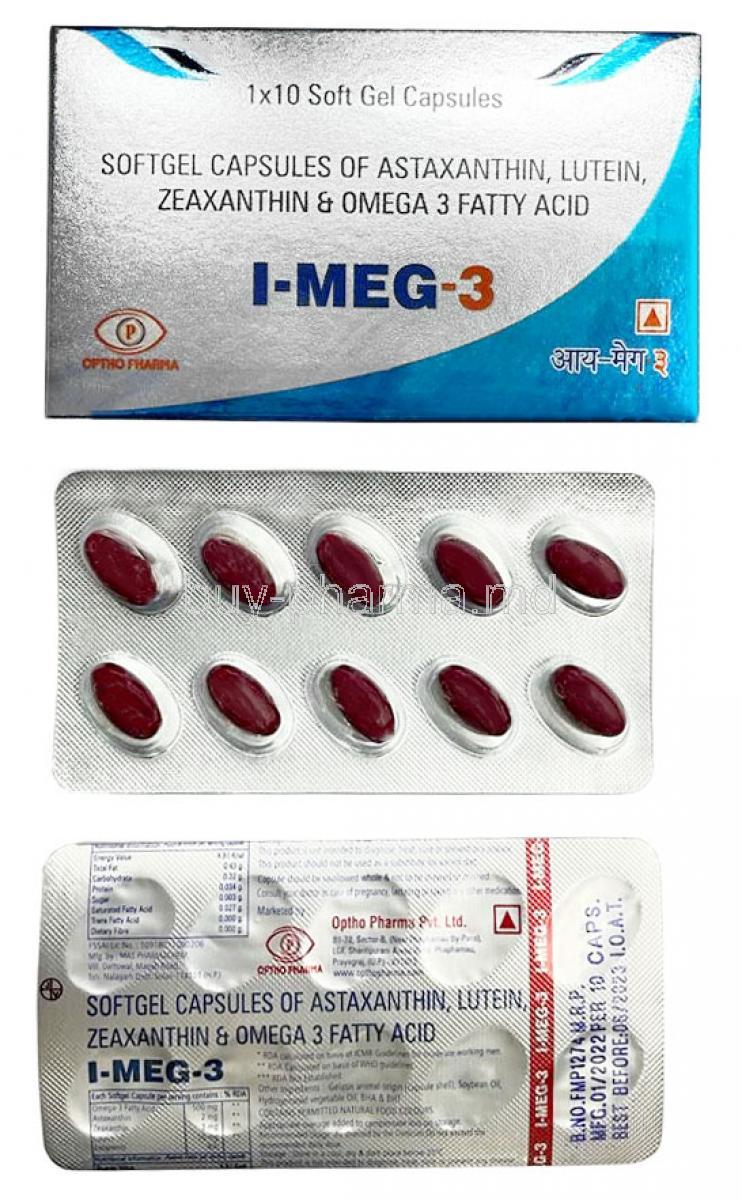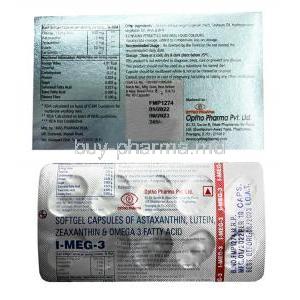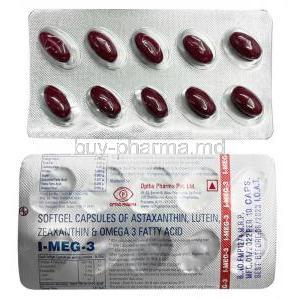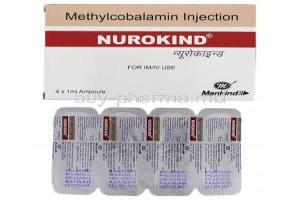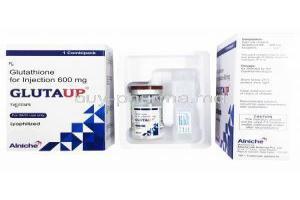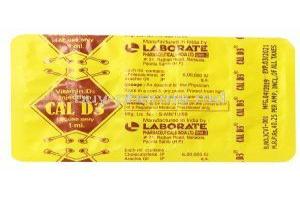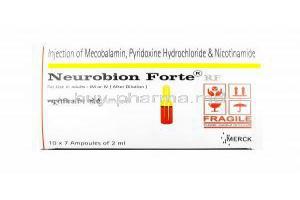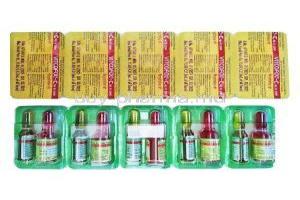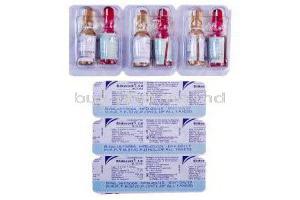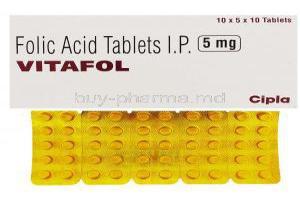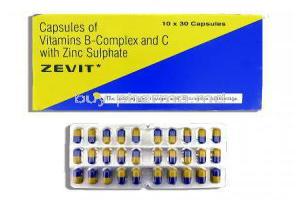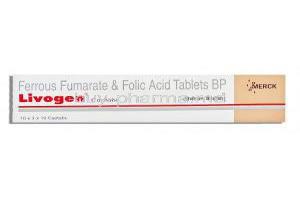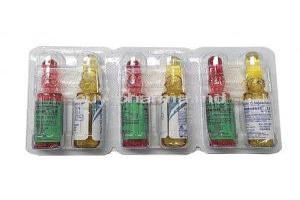I-Meg 3
- I. Introduction
- II. Composition
- III. Uses
- IV. Off-Label Use
- V. How It Works
- VI. Dosage and Administration
- VII. Side Effects
- VIII. Common Side Effects
- IX. Storage
- X. Interaction
- XI. Warning
- XII. Contraindication
- XIII. Careful Administration
- XIV. Important Precautions
- XV. Administration to Elderly
- XVI. Administration to Pregnant Women and Nursing Mothers
- XVII. Administration to Children
- XVIII. Overdosage
- XIX. Handling Precautions
I. Introduction
I Meg 3 a groundbreaking remedy in the field of pharmaceuticals shines as a ray of hope for people facing health challenges. With its formula and versatile benefits this drug plays a crucial role in improving long term health issues marking a notable progress, in medical treatment approaches.
II. Composition
- Active Components and Their Functions: The core of I Meg 3 comprises active components carefully chosen for their healing qualities. These elements work together to impact the human body by addressing the underlying reasons for illnesses.
- Additional Substances and Their Purposes; Alongside the components, other substances play vital roles, such as improving the medication's durability and aiding in its efficient absorption. Including these substances showcases the design of I Meg 3.

III. Uses
- Astaxanthin:
- Acts as a strong antioxidant by suppressing singlet oxygen and inhibiting lipid peroxidation.
- Reduces harmful free radicals.
- Absorbed alongside fatty acids and incorporated into lipoproteins.
- Highest concentration in the small intestine, followed by subcutaneous fat, spleen, liver, heart, kidney, and skin.
- Potential uses:
- Improves cardiovascular health (atherosclerosis, reduces cholesterol).
- Enhances immune function.
- Benefits skin condition (reduces wrinkles, pimples, and signs of aging).
- Aids recovery from central nervous system injuries.
- Protects against Parkinson’s disease, dementia, and Alzheimer’s.
- Guards eyes against cataracts and macular degeneration.
- Reduces inflammation (beneficial for arthritis).
- Lowers infertility risk.
- Effectively reduces oxidative damage to DNA and stabilizes blood sugar1.
- Lutein:
- A xanthophyll found in green leafy vegetables.
- Concentrated in the macula (retina area responsible for central vision).
- Hypothesized to protect against oxidative stress and high-energy light.
- Increased macula pigmentation decreases the risk of age-related macular degeneration (AMD)1.
- Omega-3 Fatty Acids:
- Supplementation increases serum concentrations of EPA and DHA.
- May decrease serum triglyceride levels.
- Known for various health benefits, including reducing inflammation and supporting heart and brain health23.
IV. Off-Label Use
-
Alternative Indications: Using I-Meg 3 to treat medical conditions not listed in the SmPC. For instance, if I-Meg 3 is approved for cardiovascular health, off-label use might involve using it for joint inflammation or mental health support.
-
Legal Framework and Challenges: The legal framework for off-label use varies across countries. It’s essential to consider the local marketing authorization terms when exploring off-label applications 2. Challenges related to off-label use include safety, efficacy, and lack of robust evidence for specific indications.
V. How It Works
Exploring how I Meg 3 works in the body and its effects on disease processes helps us grasp its treatment benefits and refine how we administer it.
VI. Dosage and Administration
When giving I Meg 3, it's important to customize the treatment based on the condition. The dosage recommendations may differ depending on the ailment. It's crucial to make adjustments based on how the patient responds to ensure effectiveness and reduce side effects.
VII. Side Effects
While the advantages of I Meg 3 are plentiful, it's important to be mindful of its negative impacts. Taking steps to address these drawbacks is essential for upholding a strong bond, between patients and healthcare professionals.

VIII. Common Side Effects
The occurrence and seriousness of documented reactions differ, but recognizing these trends allows for comparison, with comparable drugs aiding in medical decision-making and patient guidance.
IX. Storage
It's crucial to maintain the quality of I Meg 3 by storing it. Understanding its shelf life and expiration details helps prevent a decrease in effectiveness from mishandling.
X. Interaction
Interactions, whether with medications or lifestyle choices, can greatly impact the effectiveness and safety of I Meg 3. Managing these interactions is crucial to ensuring the best possible treatment results.
XI. Warning
Bringing attention to safety issues the use of I Meg 3 comes with cautionary advice, particularly important for certain groups and those, with particular risk factors. These safety measures aim to guarantee that the advantages of treatment exceed any risks.
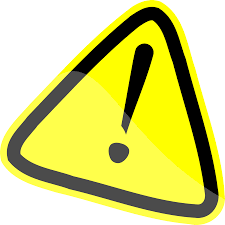
XII. Contraindication
Absolute and relative contraindications specify situations in which it is considered unwise to administer I Meg 3. Following these recommendations helps reduce the chances of reactions, creating a safe environment for treatment.
XIII. Careful Administration
When dealing with groups, it is crucial to handle I Meg 3 with great care. This includes following protocols and regularly monitoring the situation to make any needed treatment adjustments for the best outcomes in terms of effectiveness and safety.
XIV. Important Precautions
Implementing actions to avoid negative consequences and establishing guidelines for handling emergency situations are key components of administering I Meg 3. These safety measures play a role in safeguarding the well-being of patients and ensuring the effectiveness of treatment.
XV. Administration to Elderly
When giving medications to individuals it's important to take a personalized approach focusing on caution. As this group often deals with taking medications and changes in their physical functions it's crucial to adjust doses carefully. The main goal is to find the balance between the effectiveness of treatment and how well it can be tolerated, making sure that the benefits clearly outweigh any potential risks.
- Customizing Doses and Considerations: Adapting dosages according to how the elderly process and eliminate drugs is essential. This involves having an understanding of how drugs work in aging bodies.
- Assessing Effectiveness and Tolerability: It's vital to evaluate how well the treatment is working and if there are any side effects. Keeping an eye, on these aspects helps improve treatment plans and enhances the quality of life for patients.
XVI. Administration to Pregnant Women and Nursing Mothers
XVII. Administration to Children
Children are different from adults in ways; they have specific healthcare needs and face their own set of challenges. Providing the dosage and ensuring safety are crucial aspects of treating children with medications based on reliable evidence. Dosage instructions are carefully tailored to match the way children's bodies process drugs at ages, focusing on both safety and effectiveness. Research studies and clinical trials play a role in guiding healthcare providers toward better pediatric care practices and shaping guidelines for optimal treatment approaches.
XVIII. Overdosage
In the case of taking medication quickly, identifying signs and symptoms is crucial for achieving positive results. Immediate steps and treatment choices are put into action to lessen the effects and safeguard the patient's well-being.
- Recognizing the signs of an overdose can lead to timely intervention, preventing the situation from worsening into more serious issues.
- A variety of interventions, such as stomach pumping and symptom-focused therapy, are implemented based on the circumstances of the overdose scenario.
XIX. Handling Precautions
The management of pharmaceuticals goes beyond clinical environments, covering safety and environmental concerns. It's crucial for all healthcare professionals to follow handling and disposal protocols to promote overall health and safety. Guidelines for handling pharmaceuticals help reduce the chances of exposure, keeping both healthcare workers and patients safe. When it comes to medication disposal, strict regulations are in place to minimize impact and protect public health.

